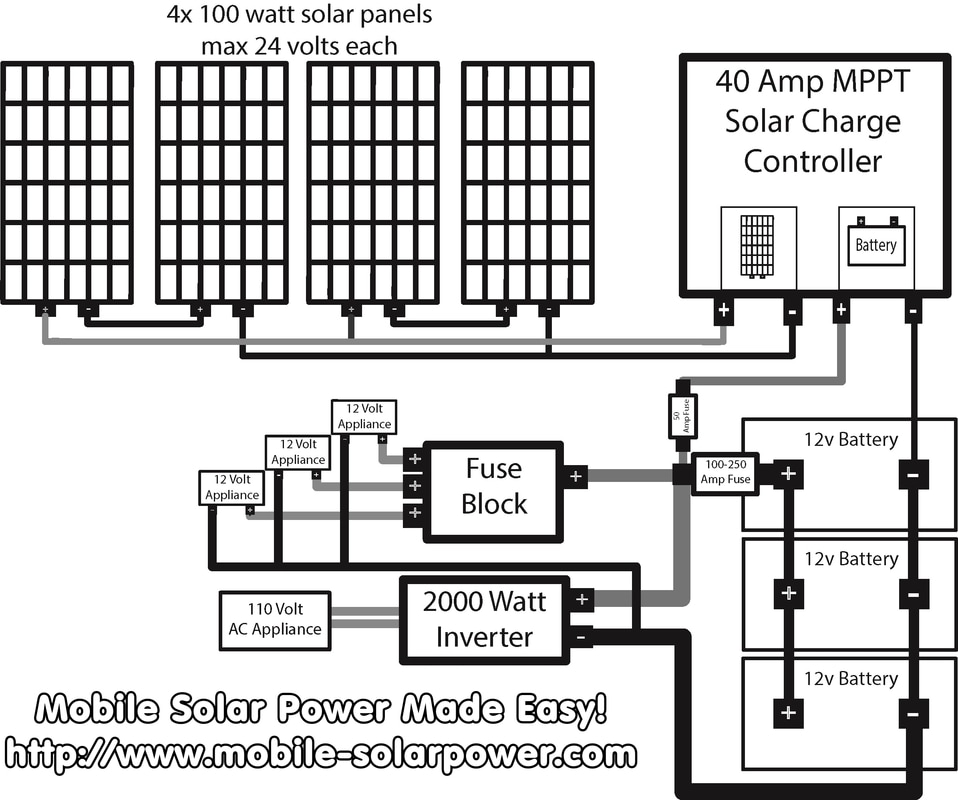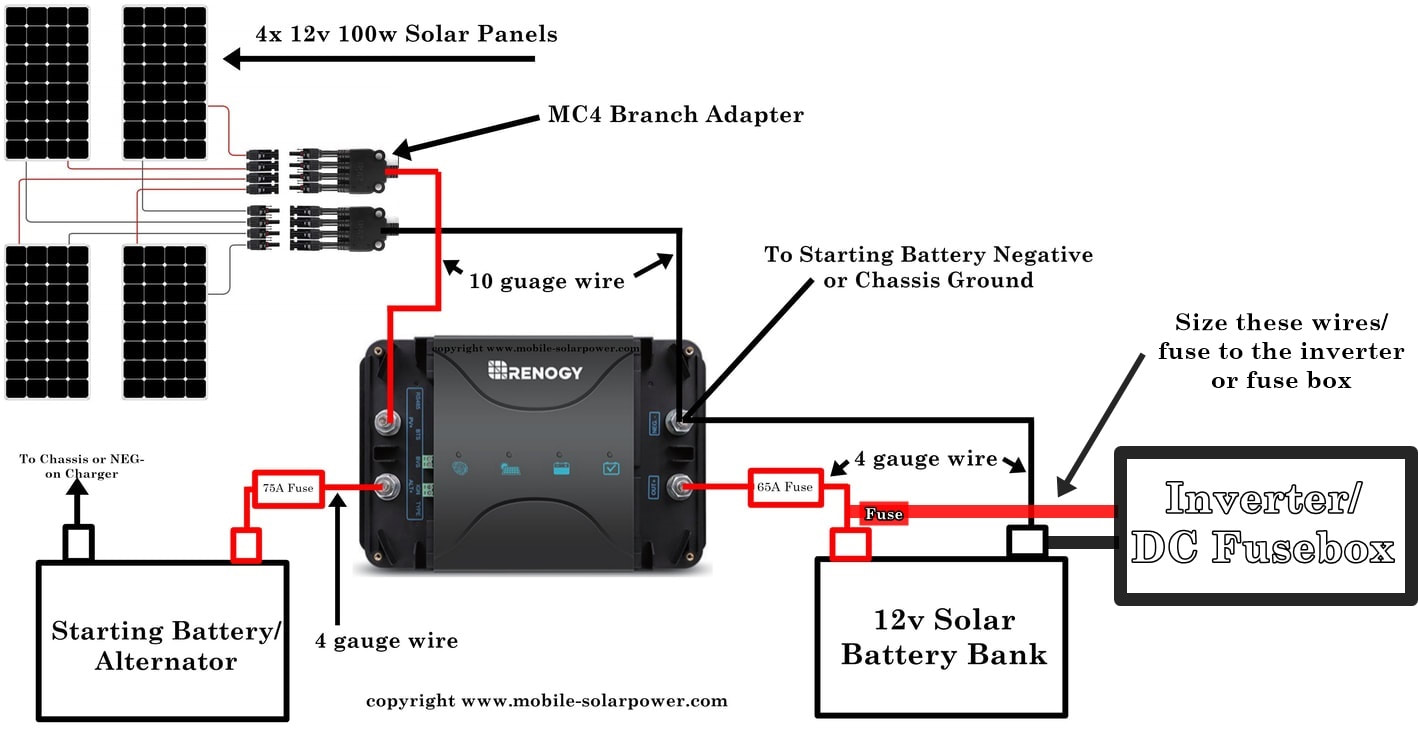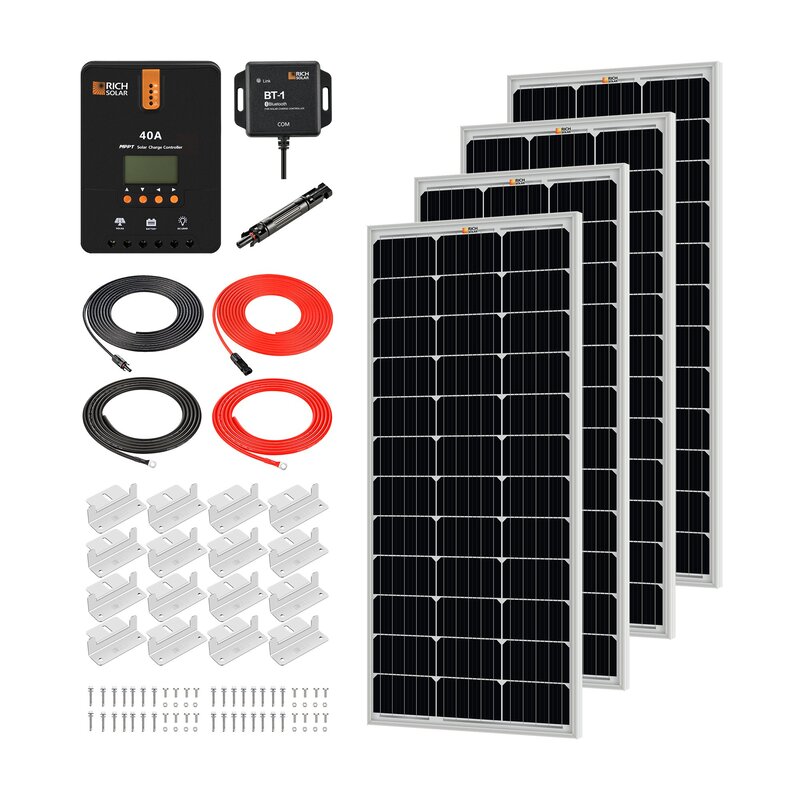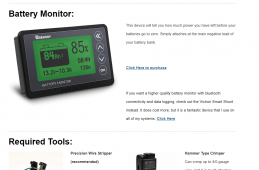I looked through many of the designs Will presents. It seems like few of them include a battery monitor or shunt. Then I searched the site and aside from a listing in the links to purchase items, I can't find descriptions of when to use battery monitors and shunts, and how they work. Yet I see many mentions of them in the forums and videos. I have a 12V FLA system on my camper, but i just base the SOC assessment on battery voltage. So... What is a shunt? How do shunts work? How are they wired? How do shunts differ from a battery monitor? When must they be used? Why can I not find shunts or battery monitors in most of Will's example system designs?
Last edited:







